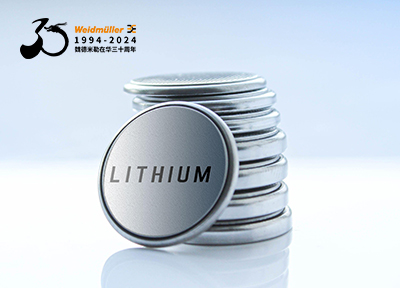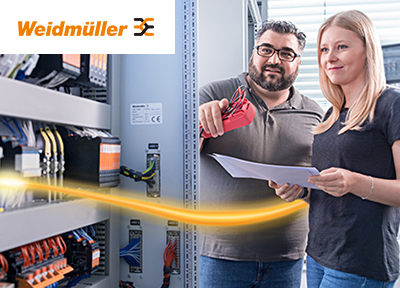In the suburbs of Lansing控制工程网版权所有, MI控制工程网版权所有, far from the Pacific coastwww.cechina.cn, there is a huge tank of salt water filled with many small creatures. Watching this tank, it is not uncommon to see a live shrimp flip into the air. But Andrew Wesolek just shrugs it off. He has seen startled shrimp before. “Yeah, they like to jump,” he notes. Wesolek oversees operations at Seafood Systems Inc., in Okemos MI控制工程网版权所有, one of America’s first indoor shrimp farms.
The plant is a pilot aquaculture R&D facility designed by comp

A Wago PLC has been programmed with a tailored shrimp feed curve that disperses food based upon variables such as stock in tank and growth state. Source: SSI
He transformed a pole-barn into the ideal space to grow, breed, and harvest 10-limbed crustaceans. “We hope to revolutionize shrimp farmingwww.cechina.cn,” Wesolek adds. “The goal is to eventually produce 5 million pounds of shrimp per year out of a new, larger facility.”
Most farmed shrimp consumed in the U.S. come from Pacific-rim nations and Central America, so there is a desire to develop domestic supplies.
10 legs, big appetites
Keeping the stock of Pacific white shrimp fed is a labor-intensive process that has to be repeated several times daily. “I used to manually feed them at least three times a day—every day,” Wesolek said.
And the amount has to be just right. Excess feed degrades water quality, but underfed shrimp mature slowly, taking them longer to become high-value deep-fried jumbo shrimp. Wesolek took on the task of creating an automated feeding process using a distributed control system. He wanted something sophisticated enough to do the job right, but was easy to program because he would be doing the work himsel


 在线会议
在线会议 论坛
论坛 专题
专题 工控直播
工控直播 新闻中心
新闻中心 子站
子站 技术
技术 社区
社区



 IDEC HR8S系列新一代安全继电器有奖试用活动
IDEC HR8S系列新一代安全继电器有奖试用活动 2025(第二十一届)年度最佳产品奖有奖投票中
2025(第二十一届)年度最佳产品奖有奖投票中 AVEVA剑维软件食品饮料行业白皮书有奖下载
AVEVA剑维软件食品饮料行业白皮书有奖下载 立即有奖下载TE重载连接器选型指南
立即有奖下载TE重载连接器选型指南 2025(第十四届)全球自动化和制造主题峰会
2025(第十四届)全球自动化和制造主题峰会




























